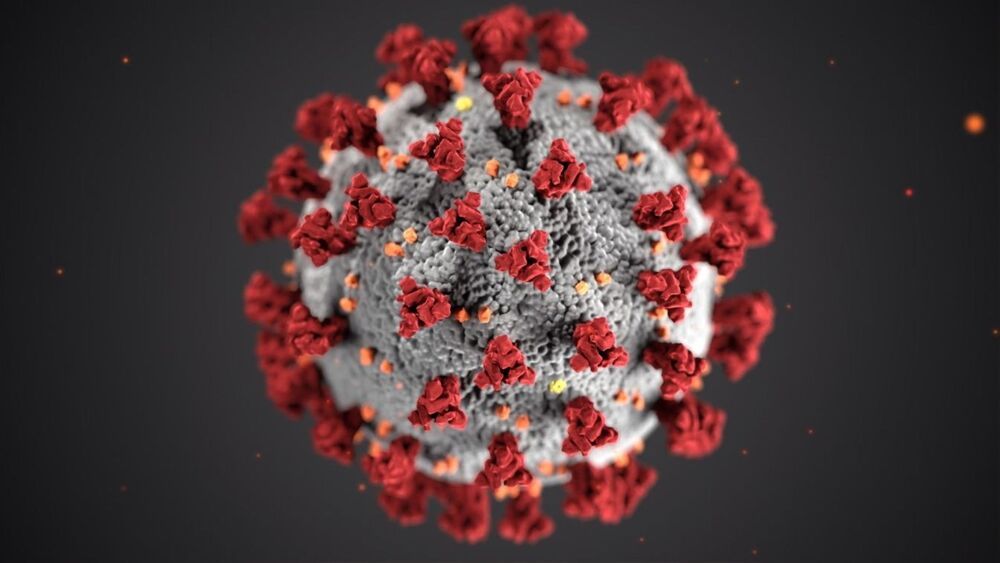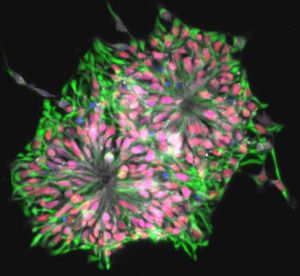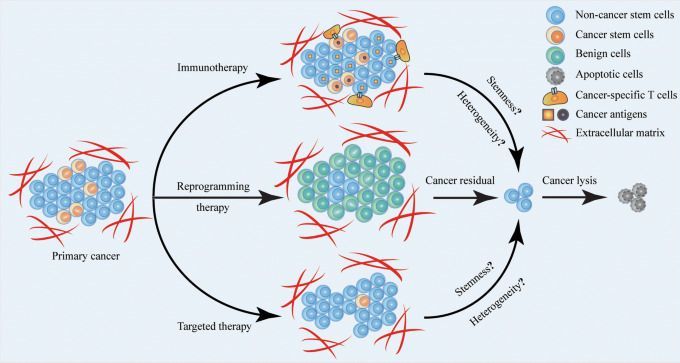Nov 9, 2020
UK firm to turn moon rock into oxygen and building materials
Posted by Genevieve Klien in categories: materials, space travel
“Anything you take from Earth to the moon is an added weight that you don’t want to carry, so if you can make these materials in situ it saves you a lot of time, effort and money,” said Ian Mellor, the managing director of Metalysis, which is based in Sheffield.
Analyses of rocks brought back from the moon reveal that oxygen makes up about 45% of the material by weight. The remainder is largely iron, aluminium and silicon. In work published this year, scientists at Metalysis and the University of Glasgow found they could extract 96% of the oxygen from simulated lunar soil, leaving useful metal alloy powders behind.
NASA and other space agencies are in advanced preparations to return to the moon, this time to establish a permanent lunar base, or “moon village” where nations will operate alongside private companies on critical technologies such as life support, habitat construction, energy generation and food and materials production.

















